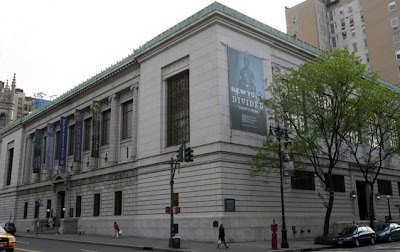 When 28,969 New York National Guard Soldiers mobilized in the fall of 1940 as the United States prepared for war, clerks filled out six-by-four inch cards on each man.
When 28,969 New York National Guard Soldiers mobilized in the fall of 1940 as the United States prepared for war, clerks filled out six-by-four inch cards on each man.
Now, thanks to a team of 15 volunteers, those records–listing names, serial number, home, and unit, and later on annotated with hand written notes on whether or not the Soldier was killed or wounded– are available online from the New York State Military Museum.
“I’ll bet you that we are the only state that has such an item on the web,” said retired Army Col. John Kennedy, one of the volunteers who turned the index card information into digital data.
Kennedy, a World War II veteran himself, and the other volunteers spent a year keying the information on the cards into Microsoft Excel spreadsheets. The digital information is now available on the museum’s website and can be downloaded and searched.
The museum put this information online so it can be used by people researching their family history or the history of World War II and New York’s role in it, said Jim Gandy, the assistant librarian and archivist at the museum.
“Not only can you research a specific individual but you can also research who enlisted from what town- where men in the New York National Guard were born, or how old the average age of the men was. We indexed most data points on the cards including: date, city, state and country of birth- ID number- hometown, unit- rank- as well as enlistment and separation dates”, Gandy explained.
In September 1940-a few months after France was overrun and defeated by the German Army and the British were fighting for survival in the air-the United States had an Army of 269,000 men. The German Army, meanwhile, had 2.5 million.
President Franklin D. Roosevelt convinced Congress to call up the 300,000 men in the National Guard for a year to double the size of the nation’s Army and prepare for any German threat.
On Oct. 15, 1940 the 28,969 members of the New York National Guard, including the entire 27th Division, reported to their armories to begin processing for a year of active duty. This is the data now available from the museum website.
For the 90-year old Kennedy, who keyed in the data on 6,500 Soldiers, the task brought back memories of his own World War II service. A Cohoes native, he joined the Army Reserve in 1940, transferred to the New York National Guard in 1941 and went to war in Europe in 1944 with the 8th Infantry Division.
He recognized the names of many of the 108 Soldiers on the list who cited Cohoes as their hometown because he had grown up with them, Kennedy said.
Kennedy, who now lives in Florida and served in the Army Reserve and Army National Guard until retiring in 1981, volunteered to help with Gandy’s project because he’s made the history of World War II and the role of New York’s units in it his hobby.
Bruce Scott, an Albany resident and another volunteer who keyed in the data, got involved in the project because he wanted to do something from his home that would be useful to others.
Scott, Kennedy and the other volunteers were critical, Gandy said. Without their work this kind of project would be impossible for the museum to carry out.
Eventually the Soldiers of the 27th Infantry Division who were called for training in the fall of 1940 went on to serve in the Pacific, securing Hawaii from a feared Japanese invasion in February 1942, invading Makin Atoll and the Island of Saipan, and eventually fighting on Okinawa. Other New York National Guard Soldiers called up in 1940 served in rear area security duty and fought in Europe.
The museum’s next web project is to create an index of which battles New York’s Civil War Regiments fought in, Gandy said. The data base will make it easier for historians to determine which regiments fought in which battles and the losses that were sustained in each fight. If anyone would like to volunteer, they may contact the museum at 518-581-5100, Gandy said.
The index card database can be found on the museum website.
Photo: A typical index card of a New York Army National Guardsman. Each card was 6 inches wide and 4 inches high.






